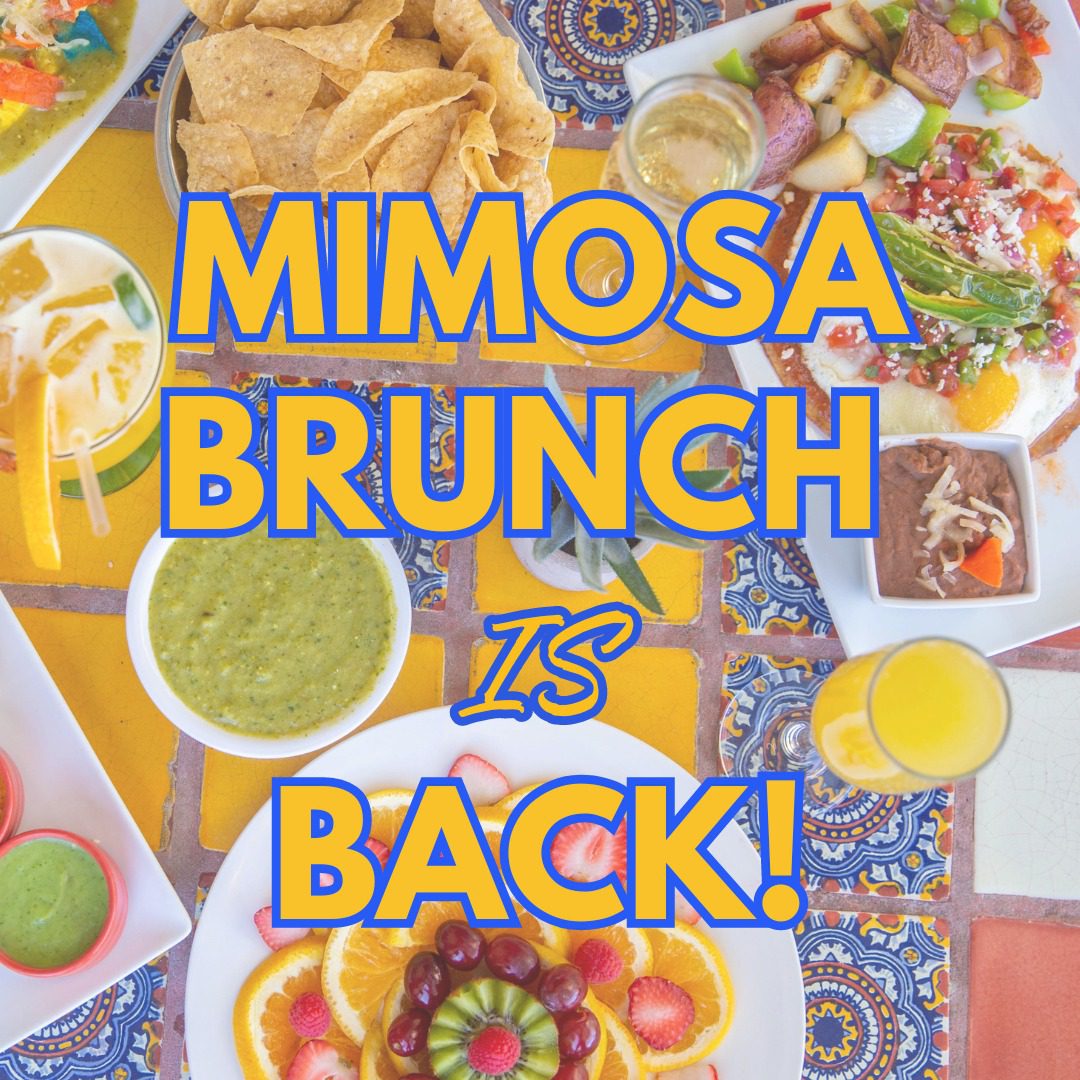Folks, it’s time once again to broaden our horizons! Back in October, we discussed Día de Los Muertos. The purpose of that post was to explain some traditions associated with this often-misunderstood holiday. Well, with Christmas right around the corner, we figured we’d take another educational jaunt south of the border. Read on to learn about Christmas traditions in Mexico—specifically, how they differ from Christmas traditions in the United States:
Decorations
The most quintessential Mexican Christmas decoration is a nacimiento—a nativity scene. Yes, these are pretty common in America, too, but in Mexico, they’re actually more popular than Christmas trees! Many folks will put up nativity scenes inside of their homes or on their lawns, and public areas are often decorated with ornate, sometimes life-sized scenes for all to enjoy. Traditionally, the scene is built up gradually instead of all at once; baby Jesus makes his debut on December 24th, and the three kings show up on January 6th.
Customs
In the United States, we seem to celebrate Christmas a little earlier each year—these days, it’s normal for stores to start putting out Christmas décor the day after Halloween (skipping over Thanksgiving entirely). In Mexico, they practically do the opposite: Christmas “season” doesn’t really start until about halfway through December, but it doesn’t truly end until the beginning of February.
Here’s a quick rundown of important dates:
- Posadas, or Processions, from December 16 to December 24. Every night, groups of people reenact Mary and Joseph's journey for lodging in Bethlehem by knocking on the doors of decorated houses and asking for shelter. Several houses will turn the group away until a designated house agrees to let them all in. Everyone then enjoys a fiesta at the “open” house. Each evening, a different house will host the party.
- Nochebuena, or Christmas Eve, on December 24th. After the final posadas, people head to church for midnight mass. Afterward, they go home and eat a large meal to celebrate the holiday.
- Día de Navidad, or Christmas Day, on December 25th. Unlike in the United States, there’s not much hoopla associated with Christmas Day; most families use it as an opportunity to enjoy rest and relaxation at home. While some people do exchange gifts on the 25th and “believe” in Santa Claus, those American/European customs have only become popular in recent years.
- Año Nuevo, or New Year, from December 31st through January 1st. This is a separate holiday from Christmas, but we’ll mention it anyway because it takes place during Christmas season. On New Year’s Eve, folks will usually have a big dinner with their family late at night and then celebrate (either with friends and family or out in public) with dancing, music, and fireworks once the clock strikes midnight. New Year’s Day tends to be pretty quiet, as many people are still exhausted from staying up late and having fun the night before.
- Día de Reyes, or King’s Day, on January 6th. A day that celebrates the three kings who followed the star of Bethlehem to find—and give gifts to—Jesus. On King’s Day, well-behaved children are given candy and gifts “from the three kings.” Even children whose families exchange gifts on Christmas Day will still typically receive some kind of treat on January 6th, just for the sake of tradition.
- Día de la Candelaria, or Candlemas, on February 2nd. The official “end” of the Christmas season; children dress up figures in the shape of baby Jesus and take them to church in order to be blessed. Then, families get together for one last party to have fun and eat tamales. Speaking of which…
Food
You didn’t really think that we’d get all the way through this post without mentioning food, did you?
On King’s Day, a special snack called Rosca de Reyes (“King’s Ring”) is eaten at parties. Rosca de Reyes is a pastry formed into a ring or oval shape, and during its preparation, one or more tiny figurines in the shape of a baby (which represent newborn Jesus) are hidden inside of it. When the cake is sliced and pieces are handed out, any person who discovers a baby figurine (hopefully with their fork, but sometimes with their teeth!) gains two important responsibilities for Candlemas on February 2nd: they must take the baby to Church on that day to be blessed, and they must provide the tamales for dinner that evening!
If you’d like to try your hand at making Rosca de Reyes for Christmas this year, recipes are available online. Just…make sure you warn your guests that there's a figurine hidden in the cake, okay? If anyone winds up with a busted tooth after eating dessert, they probably won't want to bring you tamales anytime soon…
***
Obviously, this post is a very brief overview of Christmas in Mexico; we’ve barely scratched the surface of some of these customs. We hope, though, that we’ve piqued your curiosity and encouraged you to discover more about the traditions of another culture.
At the end of the day, holiday traditions are what you make of them. Take part, don’t take part, only participate in the aspects that make you happy while ignoring the parts you don’t like…do whatever feels right to you. At Mattito’s, our biggest tradition is to serve delicious food to Tex Mex lovers of all stripes—and we do it all year round. If that’s a concept that you can get behind, then feel free to join us the next time you’re feeling festive





